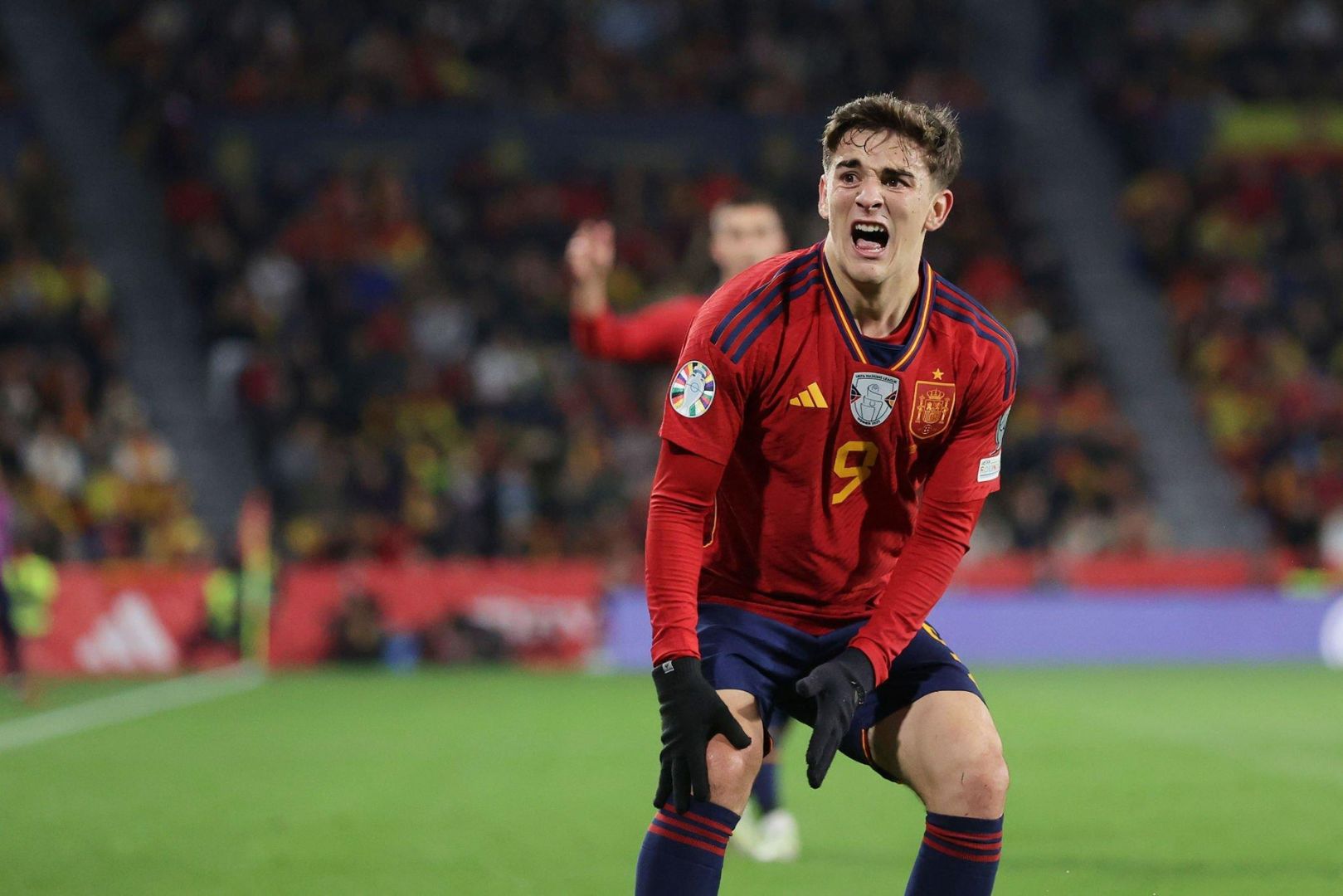
FC Barcelona have become rather accustomed to seeing key players become sidelined during the international break. No strangers to this particular danger, Barcelona can only hope that when an unfortunate injury does take place, it is not severe or extreme.
However, their hopes and prayers seem to have fallen flat this time. 19-year-old Gavi is currently waiting for a surgery as he has a completely ruptured ACL and additional meniscus damage to repair and recover from.
Already expected to be out for the rest of the current season, people are worried about the hurdles and deadlines that the Barcelona youngster will face even after surgery. To answer these burning questions, Dr Ramon Cugat breaks down the process, as highlighted by SPORT:
“What we do is, once the player is operated on, we keep them in the clinic for a couple of days, depending on whether the player is from outside or local (considering if they have family and support nearby or not).”
“Afterward, we change the bandage, always keeping it immobilized in extension. After 2-3 days, we remove the bandage, check the wound, apply a new one, and cover it until around 7-8 days. That’s when we start the mobilization.”
He then went on to elaborate the process of dealing with a meniscus tear as well:
“If there’s a meniscus tear, and it’s suitable for suturing, we suture it. We continue with gentle mobility – using two crutches, applying very partial weight, just touching the foot to the ground – to train joint movement mechanics without causing discomfort.”
In the case of Barcelona youngster Ansu Fati, his meniscus was ultimately removed entirely. While Gavi does suffer meniscus damage as well, Dr Cugat believes that if a meniscus can be retained it is always better:
“The player determines the degree of pain and signals it. There are physios, the ‘knee specialists’ in football, who monitor all movements to ensure everything functions well.”
“It’s crucial to control the outer meniscus. Removing it is a problem, and sometimes leaving it is too. Whenever possible, it should be retained. It’s still a shock-absorbing cushion.”
Yet, some bad news was in order. The expert further explained how the knee itself is almost never the same after surgery. A great deal of repair can be done, but the Barcelona star’s recovery will also be complicated:
“We’ve been extending the timelines gradually. The longer you allow, the ligament gains more resistance, and becomes better ligamentized, resembling the previous structure. However, it never fully returns to its original state.”
“The return is possible when the knee is stable, without fluid, good muscle mass… The recovery doesn’t differ much between a 19-20-year-old and an older player.”
He continued to speak about the risk of relapses as well. Stating that more recovery time allows for lesser chances of relapse, but even a moment of risky movement can cause the entire tissue to re-tear:
“The longer the recovery time, the lower the risk of relapse. However, if there’s a move in a moment of fatigue where you don’t place the leg firmly, the muscle may fail, and the cruciate can re-tear. Despite a knee being well-recovered post-surgery, it’s never the same. Players often request growth factors.”
For now, Gavi is reported to have his surgery sometime next week. Barcelona will continue to hope their Golden Boy recovers and returns to his best. However, he has a long road up ahead for that.

